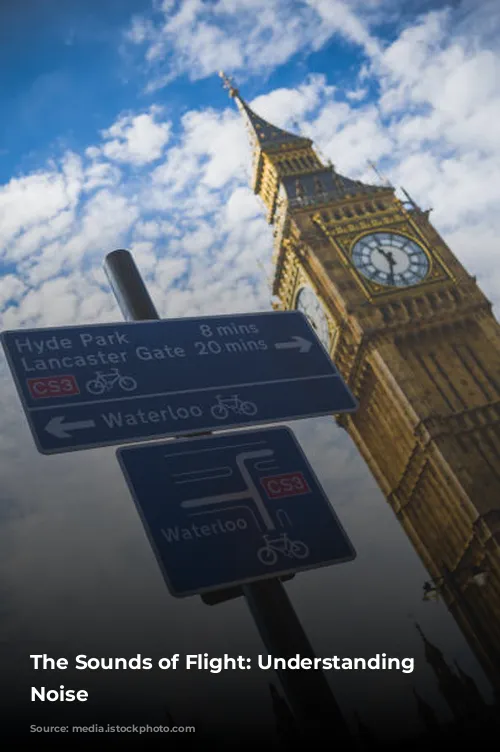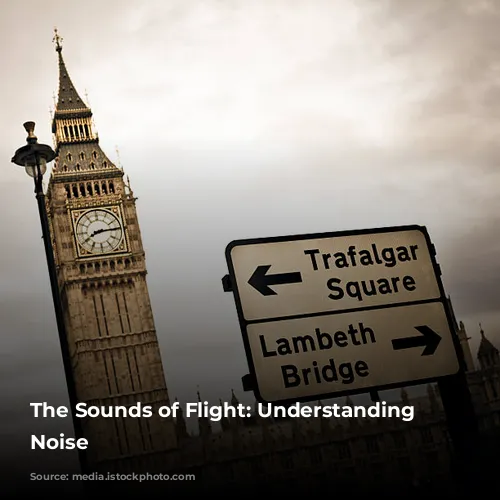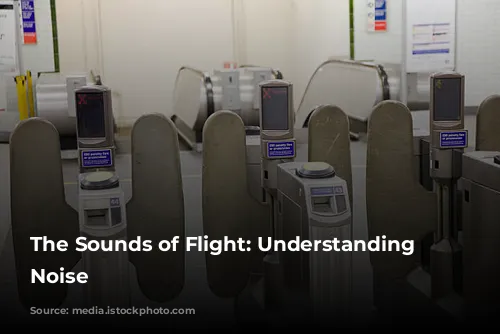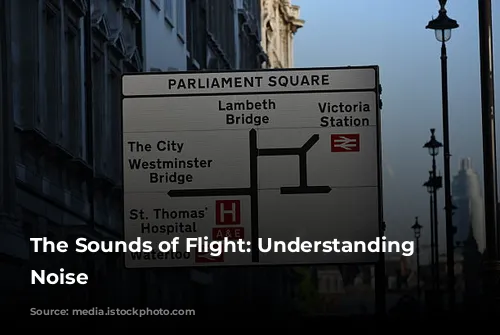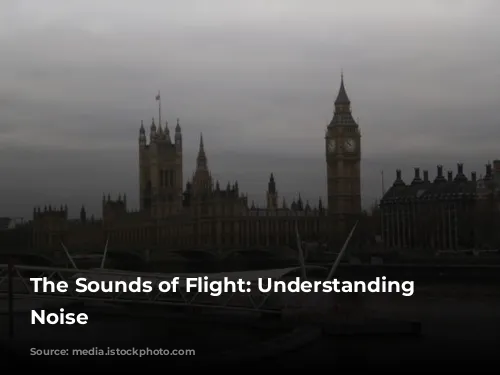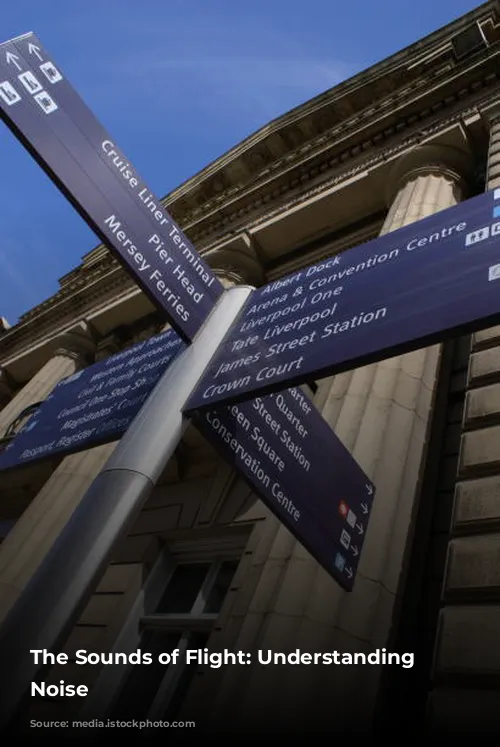The roar of a plane overhead is a familiar sound, but what causes it? There are two main culprits: the plane’s body and its engines.
Airframe Noise: Imagine the plane as a giant bird gliding through the air. As the air rushes over the fuselage (the plane’s body) and wings, it creates friction and turbulence. This movement generates noise, just like a wind whistling through a keyhole. Even gliders, which don’t have engines, produce this kind of noise! Interestingly, the amount of airframe noise depends on how the plane is flying. When a plane lands, its flaps are down, creating more friction and a louder sound.
Engine Noise: The engines themselves are another major source of noise. The moving parts of the engine generate sound, and so does the air being pushed out at high speed. Most of the engine noise comes from the exhaust or jet as it mixes with the surrounding air.
Atmospheric Conditions: Even the weather can affect how we hear aircraft noise. In calm weather, sound waves travel farther, making the planes seem louder. On the other hand, windy or rainy weather can disperse the sound waves, making the aircraft appear quieter.
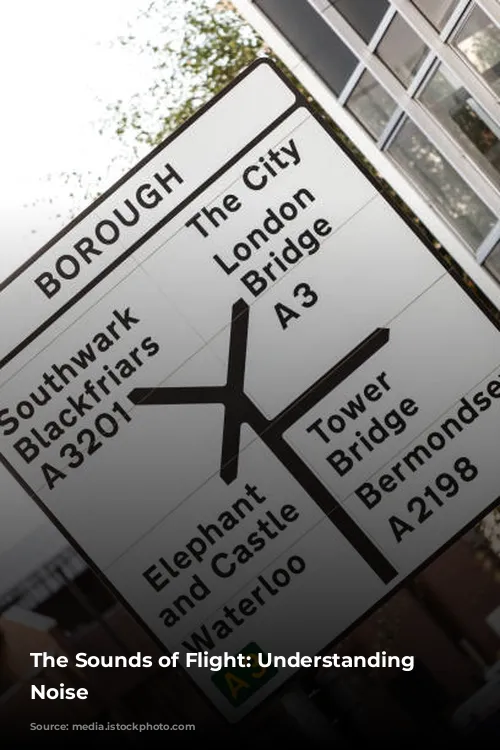
Taking Flight: Minimizing Noise Impact
London Southend Airport understands the importance of minimizing noise for its surrounding communities. They’ve implemented several strategies to keep noise levels down:
Noise Preferential Routes (NPRs): These routes ensure that larger planes follow specific paths when departing, minimizing the number of residents directly under the flight path.
Vectoring: Once a plane reaches a certain height, Air Traffic Control (ATC) can guide it on a more direct route to its destination, reducing noise in specific areas.
Noise Action Plan (NAP): This detailed plan outlines various actions and measures to reduce or mitigate the impact of aircraft noise. It has been reviewed and approved by the UK government.

Measuring Noise: Keeping Track of Sounds
Aircraft noise is measured for various reasons, including understanding its impact on communities and tracking changes in noise levels over time. Noise is measured in decibels (dB), using the LAeq measure, which represents the equivalent continuous noise level.
Noise Contour Maps: These maps show areas with different noise levels and are updated every two years. Properties within these contours may qualify for noise reduction programs, such as the Property Acquisition or Sound and Thermal Insulation Grant Scheme.
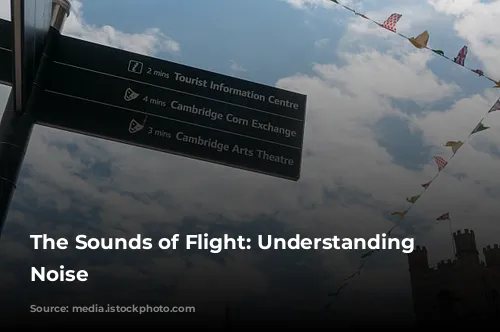
Connecting with the Community: Open Communication
London Southend Airport prioritizes communication with the community. They have established the Airport Consultative Committee, which includes representatives from local authorities, community groups, and airport users. This committee meets regularly to discuss concerns and share information about airport operations.
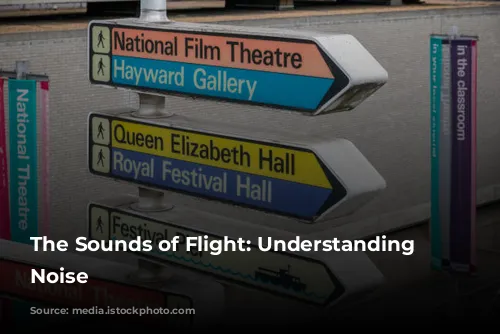
Online Tools: Keeping You Informed
WebTrak: This new online system allows residents to track all aircraft movements around the airport.
Noise Complaints: Residents can submit noise complaints through WebTrak or by mail. Complaints regarding compliant flights will be logged, while non-compliant flights will be investigated further.

Understanding Airport Ground Noise
Sometimes, you might hear noise from the airport even when there are no planes in the air. This is called ground noise, which comes from sources like aircraft taxiing, auxiliary power units (APUs), and ground testing.

Flight Schedules: Knowing When to Expect Noise
Departure Times: Passenger flights can depart as early as 06:30, although boarding and pushback may begin slightly earlier. There’s usually a quieter period after the initial wave of departures, followed by staggered departures throughout the day.
Arrival Times: Passenger flights can arrive up until 23:30, with some restrictions in the later hours. Delays can occur due to weather, ATC issues, technical problems, or delays at destination airports.
London Southend Airport is committed to transparency, community engagement, and noise mitigation. They continue to invest in new technologies and programs to minimize the impact of airport operations on local communities.

